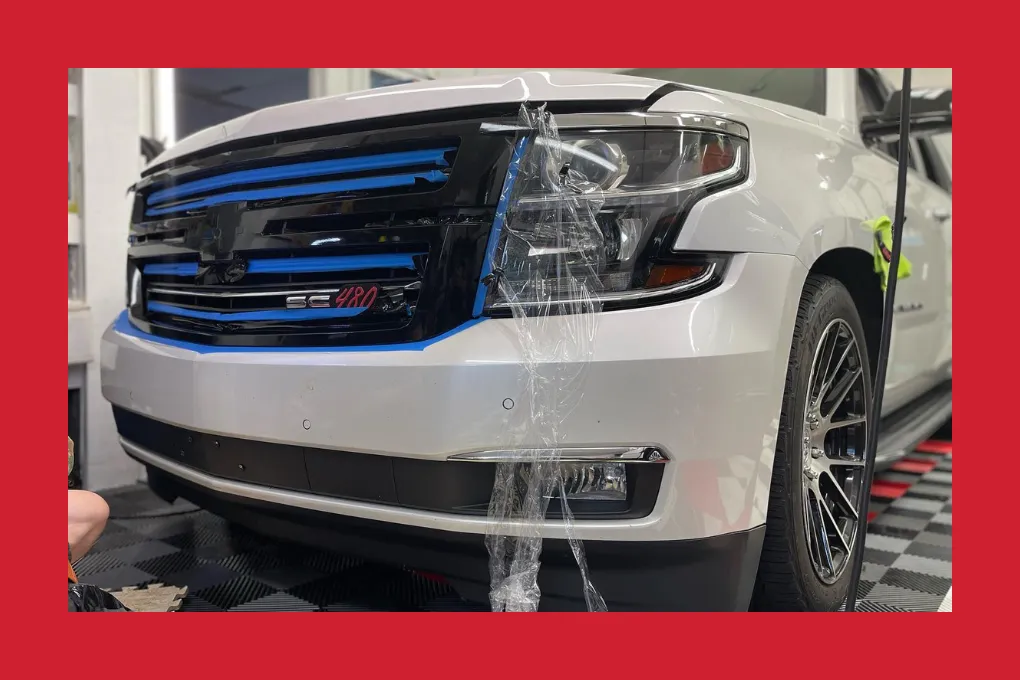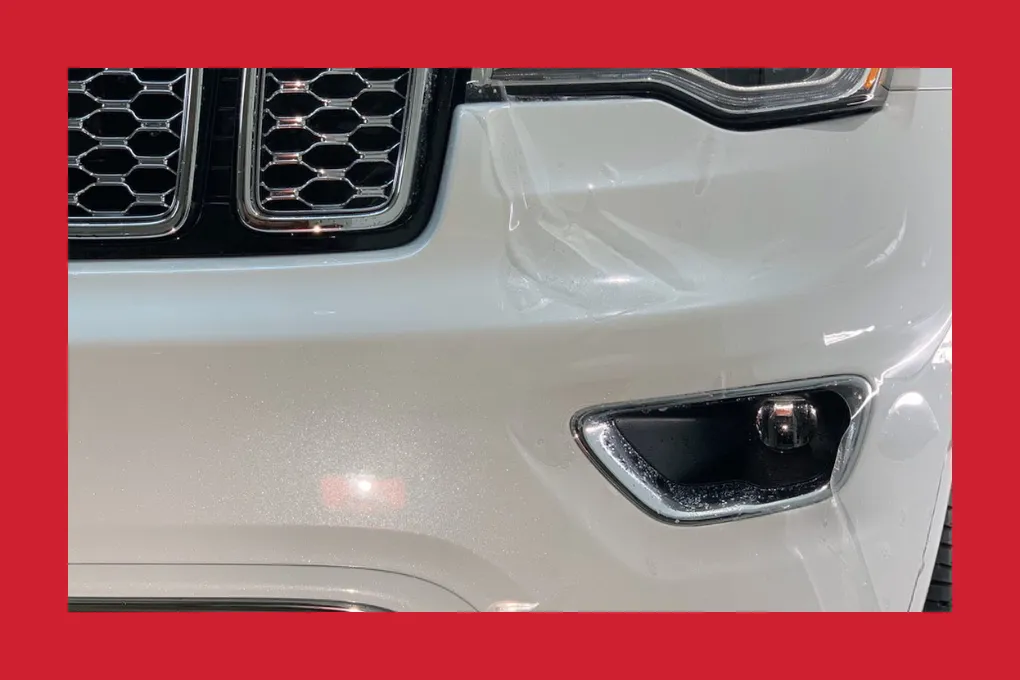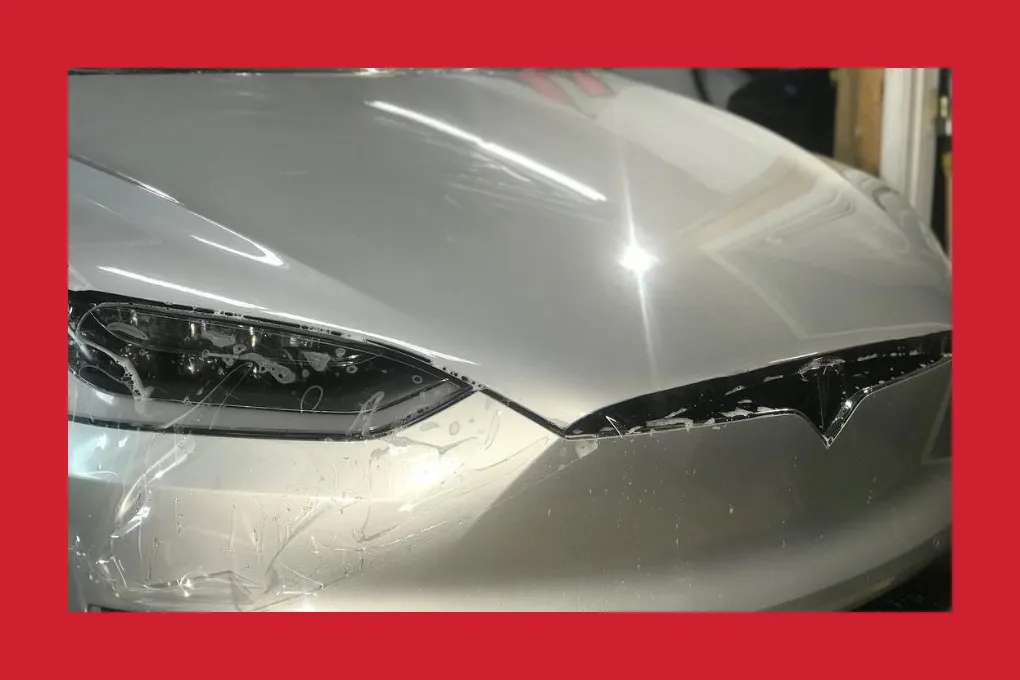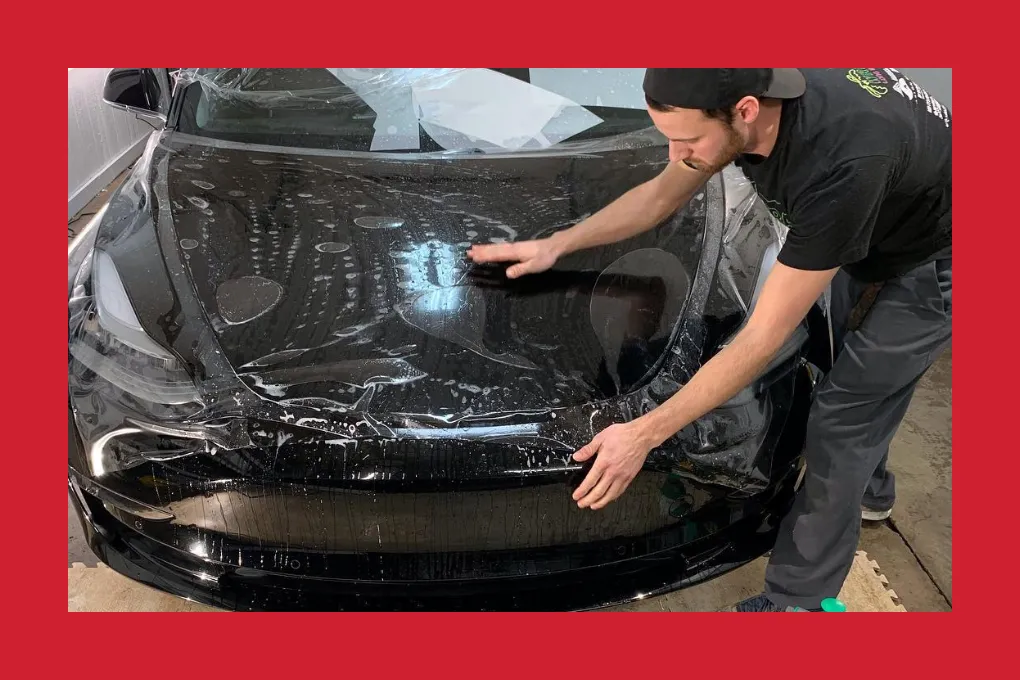When it comes to maintaining your vehicle’s sleek and pristine appearance, there are a few options that every car enthusiast considers. Two of the most popular methods for protecting a car’s exterior are Paint Protection Film (PPF) and traditional waxing. While waxing has been the go-to solution for decades, advancements in automotive care technology have made PPF a far better option in many respects.
In this article, we’ll discuss eight reasons why Paint Protection Film PPF is better than traditional waxing and explain why more vehicle owners choose it to protect their cars from environmental hazards.

Premium Durability:
One of the biggest challenges with traditional waxing is its limited durability. Waxing can offer a temporary shine and layer of protection, but it wears off quickly and needs frequent reapplications, often every few months. In contrast, Paint Protection Film is designed to last for years. PPF creates a durable barrier between your vehicle’s paint and the external environment.
It protects against road debris, gravel, bug splatter, tree sap, bird droppings, and harmful UV rays. This long-lasting protection is especially beneficial for car owners who don’t want to deal with constant maintenance. With PPF, you can drive confidently, knowing your vehicle’s paint is protected without needing to reapply wax every season.
Protection Against Scratches and Chips:
Traditional waxing does provide a thin layer of protection, but it can’t defend against physical damage like scratches, stone chips, or minor dings. Wax is simply too thin and soft to offer this level of defense. Paint Protection Film, conversely, is much thicker and more durable.
This thick film acts as a shield, protecting the paint from physical damage caused by flying debris or careless encounters with other vehicles. These benefits are best for those who frequently drive on highways or in urban areas, where the risk of minor scratches and paint chips is much higher.
Preserves Vehicle’s Shine:
Car enthusiasts love the sleek, shiny look of freshly waxed paint. However, that shine doesn’t last forever. With traditional wax, the glossy appearance fades after a few weeks or months, requiring frequent applications to maintain the look.
For years, PPF has been designed to provide a consistent high-gloss finish. Once applied, the film enhances the vehicle’s paint and keeps it fresh and shiny without regular maintenance. The film is designed to resist fading, discoloration, and oxidation, which means your car will look as new as it did when it came out of the showroom for much longer.
Self-Healing Technology:
The most innovative and unique feature of Paint Protection Film is its self-healing technology. This remarkable feature allows the film to repair itself when exposed to heat, such as from sunlight or warm water. Minor scratches, swirl marks, and abrasions can disappear without requiring any action on your part.
Traditional wax offers no such benefit. The underlying paint is exposed to potential damage once the wax is scratched or worn off. Wax simply can’t heal itself, making PPF a better choice for long-term protection.

Long-Lasting UV Protection:
Both wax and PPF offer some level of protection against UV rays, but the difference in effectiveness and longevity is essential. UV rays can cause severe damage to a vehicle’s paint over time, leading to fading, discoloration, and even peeling. While waxing does offer temporary UV protection, it wears off with exposure to the sun and elements.
Paint Protection Film provides a long-lasting shield against UV rays. PPF is designed to resist UV damage for years, maintaining your vehicle’s original color and shine while reducing the risk of sun-induced paint damage.
Hydrophobic Properties:
Another crucial aspect of vehicle protection is the hydrophobic (water-repelling) property. When a vehicle is exposed to rain or water, it’s essential to have a surface that prevents water from sticking, as it reduces the risk of water spots and makes cleaning easier. Wax can initially provide hydrophobic protection, but its ability to repel water diminishes as it wears off.
Paint Protection Film, however, offers long-term water resistance. It ensures that water beads off the surface quickly, simplifying cleaning your car after a rainstorm. The hydrophobic nature of PPF makes it an ideal solution for maintaining the appearance of your vehicle, even in wet conditions.
Cost-Effectiveness:
At first, waxing may seem more affordable than Paint Protection Film, but this is a common misconception. While waxing is cheaper upfront, it requires continuous applications, often multiple times per year, to maintain the level of protection it provides. Over time, these costs add up, and it is also a very hectic job.

PPF, though initially more expensive, offers long-term value. A single application can last for several years, meaning you won’t need to spend money or time reapplying wax every few months. In the long run, PPF is the more cost-effective option, saving you both money and effort over the lifespan of your vehicle.
Increases Resale Value:
Resale value is an essential consideration for car owners who plan to sell or trade in their vehicles down the road. A vehicle with well-maintained paint will naturally get a higher price on the used car market. Traditional waxing can help maintain a car’s appearance temporarily, but the effects wear off quickly, and any accumulated scratches or damage can lower the vehicle’s resale value.
Paint Protection Film preserves the paint in near-perfect condition. A car with PPF will have a better-maintained exterior, which can significantly increase its resale value. Potential buyers will appreciate that your vehicle’s paint has been protected and in perfect condition for years, making PPF a wise long-term investment.

Conclusion: PPF is Better than Traditional Waxing
When protecting your vehicle’s paint, paint Protection Film offers premium advantages compared to traditional waxing. From its superior durability and enhanced protection against physical damage to its self-healing properties and long-term cost-effectiveness, PPF is the more intelligent choice for modern vehicle care.
While waxing may provide a temporary shine and layer of protection, it simply can’t compete with the comprehensive benefits of PPF. Whether you want to maintain your vehicle’s appearance, increase its resale value, or reduce maintenance time, Paint Protection Film is the ideal solution.
FAQs
Q1: How long does Paint Protection Film last?
PPF can last 5 to 10 years, depending on the quality of the film and the conditions in which the vehicle is driven and stored. Sometimes, the installation quality also affects the film’s durability and longevity.
Q2: Can I apply wax over Paint Protection Film?
You can apply wax over PPF, but it’s usually unnecessary. PPF already provides a high-gloss finish and protection that makes waxing unuseful.
Q3: How does PPF self-heal?
The self-healing properties of PPF are activated by heat, such as sunlight or warm water. When heat exposure, minor scratches, and swirl marks can disappear from the car.
Q4: Is Paint Protection Film worth the cost?
While PPF is more expensive initially than traditional waxing, its durability, protection, and ability to maintain a vehicle’s value make it a cost-effective option in the long term.
Q5: Can Paint Protection Film be removed?
Yes, PPF can easily be removed without damaging the vehicle’s paint. However, it is recommended that a professional remove it to avoid any damage or issues.
